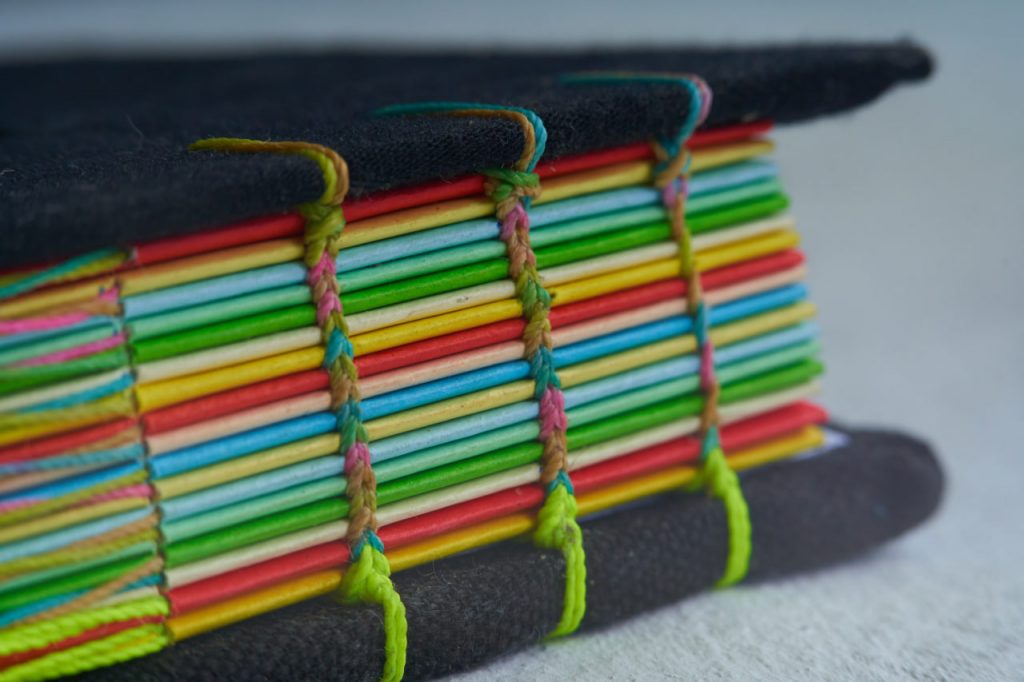Bookbinding is more than a craft — it’s a beautiful fusion of tradition, patience, and personal expression. In a world dominated by digital devices and mass-produced items, handmade books bring us back to a slower, more meaningful way of creating. Binding your own book offers a sense of accomplishment and connection — to both history and self.
A Timeless Tradition
The origins of bookbinding date back over a thousand years. Monks in medieval Europe meticulously bound religious texts by hand, while in Asia, elegant stitched books were created using thread and handmade paper. These early methods required precision and care — traits still admired in modern bookbinding. Today, many of these techniques are preserved and revived by artists and crafters around the world.
A Creative Outlet
Bookbinding allows you to express yourself in ways that few crafts do. From choosing the paper and cover materials to stitching the spine and decorating the pages, each step is filled with opportunities for personalization. Whether you want to create a travel journal, a photo album, or a poetry book, the final product reflects your vision and your hands.
Mindful and Rewarding
Beyond aesthetics, bookbinding can also be meditative. The repetitive nature of folding, cutting, and stitching offers a calming rhythm. It’s an art that encourages patience and focus — qualities that can feel rare in today’s fast-paced world. Many people find bookbinding to be a grounding practice that helps reduce stress and inspire mindfulness.
From Hobby to Passion
Once you start learning the basics of bookbinding, it often becomes more than just a hobby. With so many techniques to explore — like case binding, Japanese stab binding, or Coptic stitch — there’s always something new to try. It’s a craft that grows with you and allows for endless experimentation and creativity.
Whether you’re a complete beginner or someone looking to reconnect with handmade art, bookbinding is a beautiful, accessible, and deeply satisfying journey.

